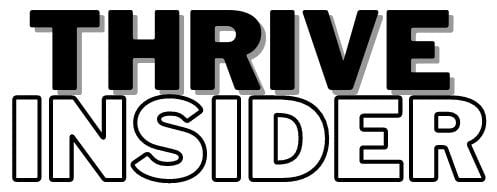Incentives can be implemented in several ways. Tiered monetary incentive schemes are one type of incentive scheme. Other incentive schemes include personalized products, clear and attainable goals, and activity-based incentives. Consider the following guidelines to select the most effective incentive program for your organization. The incentive must promote the desired behavior and contribute to sales goals. It should also be appropriate for the team and fit the overall sales strategy.
Tiered monetary incentive scheme
A tiered monetary incentive scheme for sales incentives is a highly effective way to motivate sales reps to meet specific goals. It is important to remember that tiered incentives aren’t meant for the lowest performers. They should work well for the entire sales team. The key to making this incentive scheme work is ensuring that the sales quota is appropriate for your sales team. You can set a base tier that is easy to meet and gradually challenge them to achieve higher quotas. Core performers will be motivated to reach the top tier, but laggards will likely be content with just hitting the first tier.
Another way to create a Tiered monetary incentive scheme for sales is to offer rebates for higher-volume purchases using the best CSR software. This incentive scheme is more flexible than a standard volume incentive model and protects the seller’s margins when customers buy low-volume units. Moreover, a Tiered monetary incentive scheme for sales incentives provides a strong incentive for customers to purchase higher volumes, thereby boosting sales.
Personalized product incentives
Personalized product incentives as sales incentives are an extremely powerful marketing technique. Using discounts, free shipping, or buy one, get one offer can be highly effective at engaging customers and encouraging them to take specific actions. Most marketing departments find it overwhelming to analyze the data to determine which incentives to offer manually. Fortunately, AI and machine learning technology can automate this process and deliver customized incentives to customers at the right time.
Incentives are a great way to motivate top salespeople and increase company profitability. Flexible incentives encourage positive behavior, align individual objectives with business goals, and demonstrate the employer’s appreciation. According to one study, a highly engaged workforce drives 21% higher profitability. Moreover, 42% of workers consider their employer’s rewards when evaluating their job. Employees who are motivated by personalized incentives are more likely to stay with the company, thereby increasing the profitability of the company.
Clear and achievable goals
Setting clear and achievable sales goals can help motivate your team. Although stretch goals are motivating, they should be realistic and attainable. Unattainable goals will demoralize your team and decrease morale. Therefore, create realistic goals that match your sales strategy and current situation. A clear timeline is also essential in setting goals. A deadline for reaching a specific goal adds a sense of urgency and incentive to achieve them.
In addition, salespeople will be more motivated to achieve SMART sales goals if they have a clear, achievable, measurable goal. When you set goals, you’ll be more likely to achieve them. For example, a company might set an ambitious sales goal and hand it down to the sales force. When the salespeople heard this, they stopped selling the new line and focused on other categories. Unfortunately, this goal-setting error hurt the company’s entry into the server market.
Tiered activity-based incentive scheme
Incentives for salespeople are commonplace in many companies—about half of them award performance incentive payments. Activity-based incentive schemes reward salespeople for intermediate goals like booking meetings, prospecting, giving five demos, and completing a task. While these incentives may seem like a nice bonus, they have several downsides. For one thing, they take up time that could be spent doing other things. And while they may work well in some scenarios, they are unlikely to be effective in highly scripted roles or call centers.
While tiered pricing schemes unlock the highest revenue and margin potential, rebate programs are more flexible. With the ability to adjust the rules of the incentive scheme, they can be tailored to suit various types of buyer behaviors. For instance, rebate management software can help organizations achieve pricing perfection. So, if the tiered activity-based sales incentive scheme is the right choice for your organization, you can rest assured that your employees will be maximizing their productivity.







More Stories
Dr. Beth Shapiro and Colossal Biosciences: Charting the Course for De-Extinction
Unleashing Unlimited Entertainment: Exploring StreamEntertainment’s Film and Series Catalog
How to Attract More Visitors to a Local Park